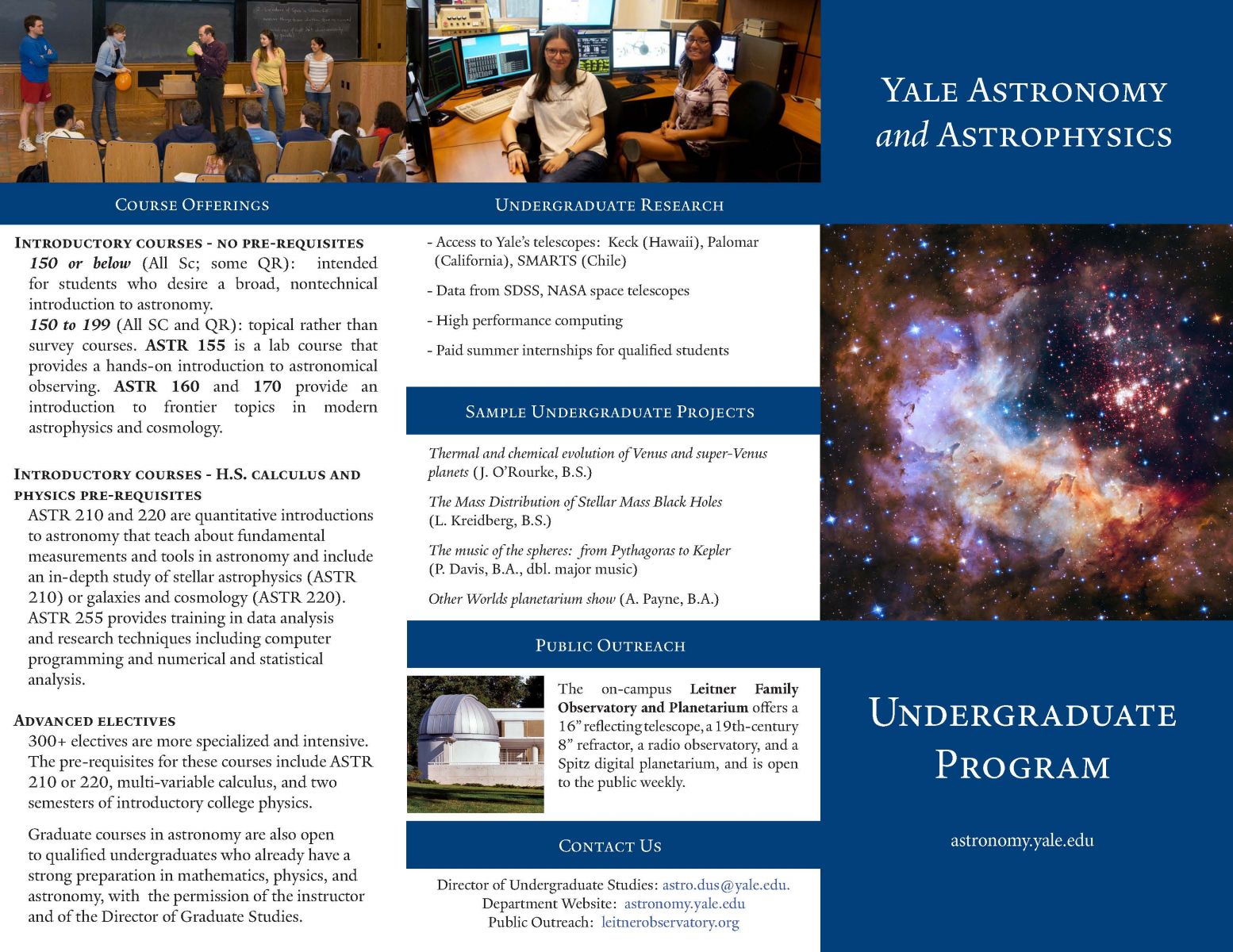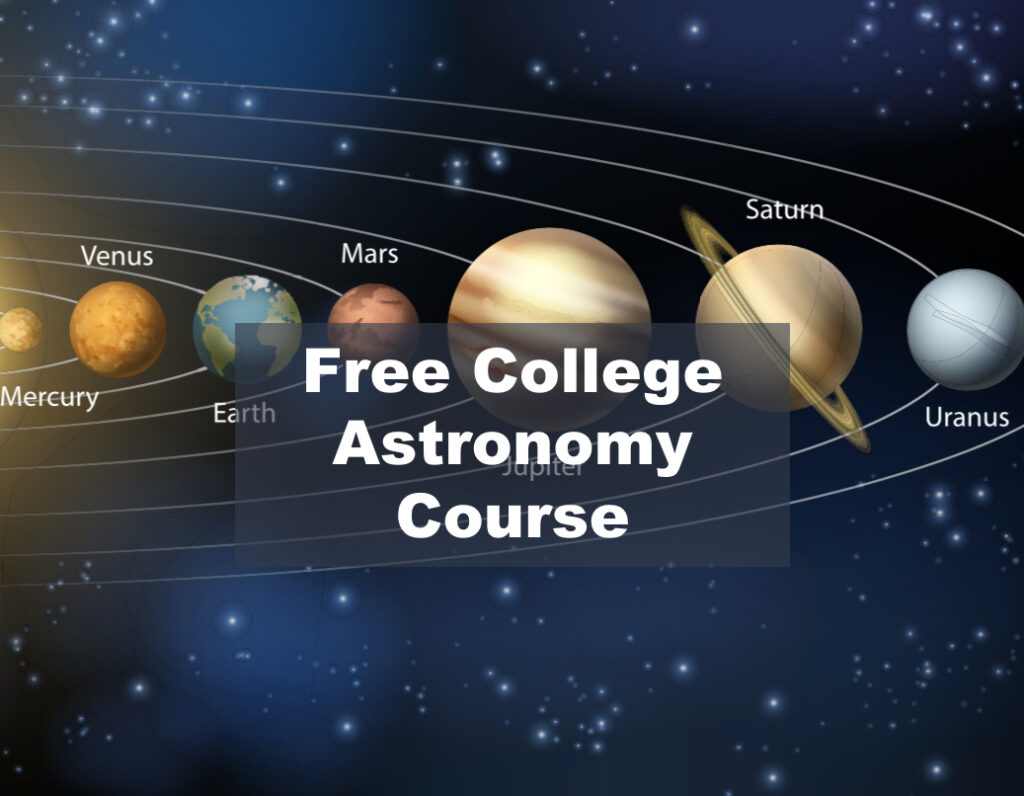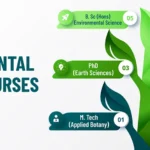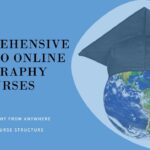My Journey to the Stars: Why Taking an Astronomy Course Was My Best Decision
Have you ever stood beneath a blanket of stars on a clear night? The kind where the Milky Way stretches across the sky like a spilled bottle of glitter, and you feel impossibly small yet connected to something immense? That’s how it started for me. I was always a stargazer, but my knowledge rarely went beyond "that bright one is probably Venus" or "hey, Orion’s belt!" The universe felt vast and mysterious, and I, well, I felt small and a little clueless.
I yearned to understand. Not just to see the stars, but to know them. To comprehend the colossal dance of planets, the fiery lives of suns, and the mind-boggling scale of galaxies. That silent yearning eventually led me to a search bar, typing in things like "beginner astronomy class," "what do you learn in an astronomy course," and "online astronomy course for dummies." And that, my friends, is how I stumbled upon the best decision I’ve made in years: enrolling in an astronomy course.
The Spark That Ignited My Cosmic Journey
Initially, I was a bit intimidated. Would it be all complex physics and equations I couldn’t grasp? Would I feel out of my depth? But the course I found, designed specifically for beginners, promised to make the cosmos accessible. It wasn’t about turning me into a rocket scientist overnight; it was about opening my eyes to the universe in an understandable way. And believe me, it delivered.
The first few weeks were a delightful blur of new concepts. We started with our cosmic backyard – the Solar System. Suddenly, Mars wasn’t just a red dot; it had a history, potential for life, and incredible geological features. Jupiter’s Great Red Spot became less of a curiosity and more of a titanic storm, centuries old. Learning about the formation of our own planet, the incredible forces that shaped it, and its delicate position in space was humbling. It made me look at Earth, my home, with fresh awe.
Stepping into the Cosmic Classroom: From Planets to Nebulae
But the real mind-bending began when we ventured beyond our immediate planetary neighborhood. We started to learn about stars – not just where they are, but how they are. The incredible process of stellar birth in swirling nebulae, their fiery lives powered by nuclear fusion, and their dramatic deaths as white dwarfs, neutron stars, or even black holes. Each lecture was like unfolding a new chapter in an epic cosmic saga.
We covered the basics of stellar classification, understanding why some stars are red giants and others are blue supergiants. I learned about constellations not just as pretty patterns, but as ancient guides and storytelling canvases. The sheer scale of it all, the immense distances measured in light-years, was challenging to wrap my head around, but the instructor had a knack for breaking down complex ideas into digestible, fascinating pieces. They didn’t just present facts; they painted vivid pictures with words.
Beyond Our Galaxy: Exploring the Universe’s Grand Design
Then came the galaxies. Oh, the galaxies! Learning about our own Milky Way, its spiral arms, its central black hole, and the billions of stars it contains was one thing. But realizing it’s just one of billions of galaxies, each a universe unto itself, was truly profound. We explored different types of galaxies – spirals, ellipticals, irregulars – and delved into the incredible concept of dark matter and dark energy, the invisible forces shaping the universe.
Cosmology, the study of the universe’s origins and evolution, became less intimidating and more exhilarating. We touched upon the Big Bang theory, the expansion of the universe, and even the tantalizing possibilities of exoplanets and the search for extraterrestrial life. Each topic felt like peering through a new window into an unimaginably vast and intricate reality.
Hands-On Exploration: My First Glimpse Through a Telescope
It wasn’t all textbooks and lectures, though. One of the highlights was the practical side. We learned how to identify major constellations, find celestial objects using star charts, and even got a basic introduction to using a telescope. Learning how to properly set up a small telescope, align it, and then point it at Jupiter and actually see its moons, or gaze at the rings of Saturn, felt like gaining a superpower. It bridged the gap between theoretical knowledge and tangible experience.
I remember the first time I saw the Orion Nebula through a small scope. It wasn’t the vibrant, colorful image you see in professional photographs, but even as a faint, ethereal glow, it was breathtaking. Knowing I was looking at a stellar nursery, where new stars were being born thousands of light-years away, sent shivers down my spine. These were moments of pure, unadulterated wonder.
The Community and the Mentors
One of the unexpected joys of the course was the community. Our instructor wasn’t just a lecturer; they were a passionate guide, sharing their own excitement and answering every question with patience and clarity. The discussions with fellow students, all united by a shared curiosity about the cosmos, were enriching. We debated theories, shared our stargazing experiences, and cheered each other on when a particularly tricky concept finally clicked. It made the learning journey feel less solitary and more like a shared adventure.
Challenges and Triumphs
Of course, it wasn’t always smooth sailing. Some of the physics concepts made my brain do somersaults, and occasionally, the sheer scale of the numbers involved was hard to grasp. But the satisfaction of finally ‘getting it,’ of having a concept fall into place after a bit of struggle, was immense. The course taught me not just about astronomy, but also about perseverance and the joy of expanding my own understanding.
A Changed Perspective: The Universe in My Pocket
Finishing the course didn’t mean I knew everything about the universe – that’s a lifelong endeavor! But it fundamentally changed my perspective. Every time I look up now, it’s different. The stars aren’t just random pinpricks of light; they’re distant suns with stories. The moon isn’t just a shiny orb; it’s a world with craters, mountains, and a complex gravitational dance with Earth.
I feel more connected, more aware of my place in the grand scheme of things. It’s a feeling of profound humility mixed with immense privilege, knowing that I get to witness and learn about this incredible cosmic theater.
So, Should You Take an Astronomy Course?
If you’ve ever felt that tug of curiosity, that urge to understand what lies beyond our blue sky, then my answer is an emphatic yes. An astronomy course, especially one designed for beginners, is an incredible way to unlock the universe’s secrets. It’s not just about learning facts; it’s about rediscovering wonder, gaining a new appreciation for our place in the cosmos, and perhaps, like me, finding a lifelong passion.
Don’t let any perceived complexity deter you. The right course will guide you through it, making the incomprehensible comprehensible, and the distant feel a little closer. Go ahead, take that leap. The stars are waiting.



